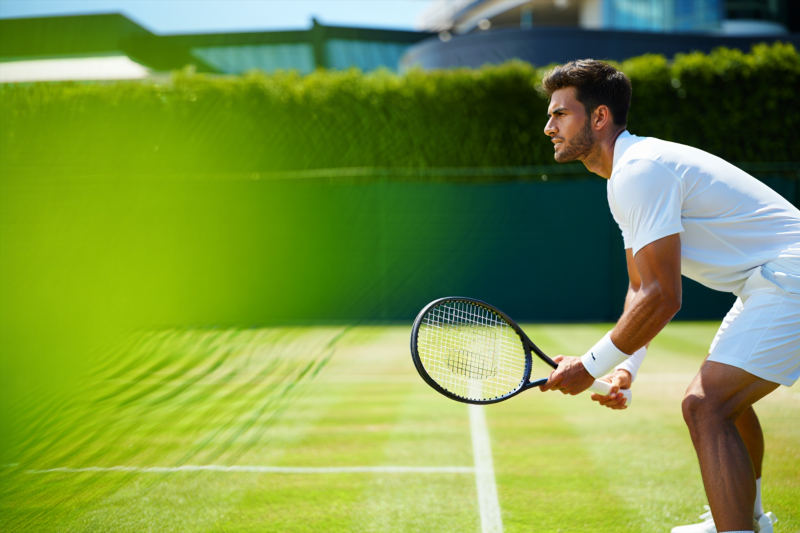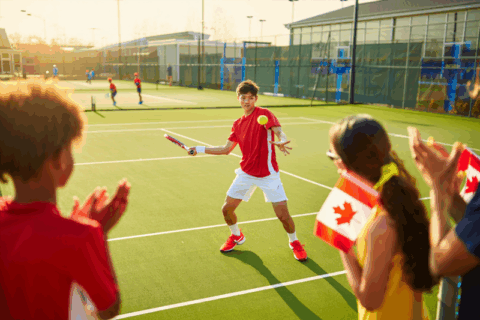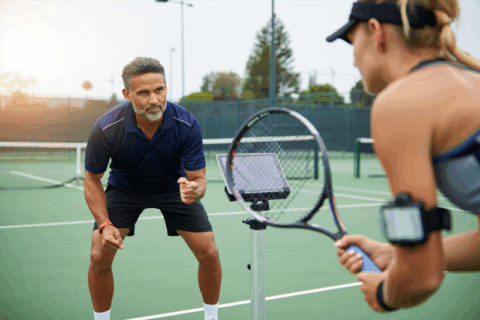
Grand Slam Surface Differences and Their Effect on Play
Understanding the Importance of Court Surfaces in Grand Slam Tennis
In the world of professional tennis, the surface of the court plays a pivotal role in shaping the style and outcome of matches. Grand Slam tournaments—namely the Australian Open, French Open, Wimbledon, and US Open—are celebrated not only for their prestige but also for the distinct playing conditions each presents. These surface variations significantly influence player strategies, performance dynamics, and overall match outcomes, making them a key factor for tennis enthusiasts to understand.
The Three Main Types of Grand Slam Surfaces
Each Grand Slam features a unique surface:
| Tournament | Surface Type | Characteristics |
| Australian Open | Hard Court (Plexicushion) | Fast-paced, medium bounce, durable surface |
| French Open | Clay Court | Slow speed, high bounce, increased slide and stamina requirements |
| Wimbledon | Grass Court | Fast speed, low bounce, enhances serve-and-volley play |
| US Open | Hard Court (DecoTurf) | Moderate speed, consistent bounce, favoring aggressive play |
Understanding these distinctions helps elucidate how each surface impacts player tactics and match dynamics.
How Surfaces Influence Player Strategies
Different court types favor different playing styles and necessitate tailored strategies:
1. Hard Courts: The Balanced Battlefield
- Characteristics: Fast-paced with a consistent bounce.
- Implications for Play:
- Encourages aggressive baseline rallies.
- Players with powerful serves and groundstrokes excel.
- Tactical emphasis on court positioning and quick points.
- Strategic Tips for Players:
- Focus on strong serve placement.
- Keep aggressive returning to capitalize on speed.
2. Clay Courts: The Battle of Endurance
- Characteristics: Slow surface with high bounce and increased sliding.
- Implications for Play:
- Shifts advantage to baseline players with endurance and consistency.
- Longer rallies and strategic point construction.
- Greater emphasis on topspin strokes to control the ball.
- Strategic Tips for Players:
- Develop stamina and patience.
- Use heavy topspin to keep the ball low.
- Focus on constructing points and wearing down opponents.
3. Grass Courts: The Fast-Paced Arena
- Characteristics: Fast with low bounce, favoring quick points.
- Implications for Play:
- Serves and volleys become highly effective.
- Promotes aggressive, net-based strategies.
- Less tolerant of inconsistent groundstrokes.
- Strategic Tips for Players:
- Hone serve-and-volley techniques.
- Maintain agility to chase low balls.
- Serve strong to set up quick points.
Impact on Player Performance and Match Outcomes
Surface types influence not only individual strategies but also overall player performance:
- Specialists vs. Versatility: Some players excel on specific surfaces (e.g., Rafael Nadal on clay), while others adapt across all types.
- Injury and Endurance: Different surfaces impact fatigue levels—clay’s slow pace can be taxing, while grass’s quick play demands agility.
- Match Duration: Slower surfaces tend to produce longer rallies and matches, affecting stamina and mental resilience.
Enhancing Your Viewing Experience
For tennis enthusiasts, recognizing how court surfaces influence gameplay adds depth to match observations:
- Anticipate strategic shifts depending on the surface.
- Understand why certain players perform better at specific tournaments.
- Appreciate the skill adjustments players make in response to court conditions.
FAQs About Grand Slam Surfaces
Why does surface matter so much in tennis?
Surface impacts ball speed, bounce, player movement, and strategy execution. Recognizing these allows spectators to better understand match dynamics.
Can players switch styles based on the surface?
Absolutely. Top players adapt their game—such as Nadal’s clay-court expert play or Federer’s versatile style—to optimize performance on each surface.
How do courts affect injury risk?
Some surfaces, like hard courts, can increase stress on joints; clay offers better shock absorption, while grass provides a forgiving surface for quick movements.
Grand Slam surface differences are fundamental to the distinctive flavor of each tournament. By understanding how courts influence play styles—whether it’s the fast, low bounce of grass or the slow, high-bounce of clay—you deepen your appreciation for the sport and enhance your viewing experience. Recognizing these variations allows fans to anticipate strategies, appreciate athletic adaptability, and truly grasp the complexities that make Grand Slam tennis so compelling.
Ready to take your tennis knowledge to the next level? Keep an eye on the court surface—it’s the key to decoding the game!


